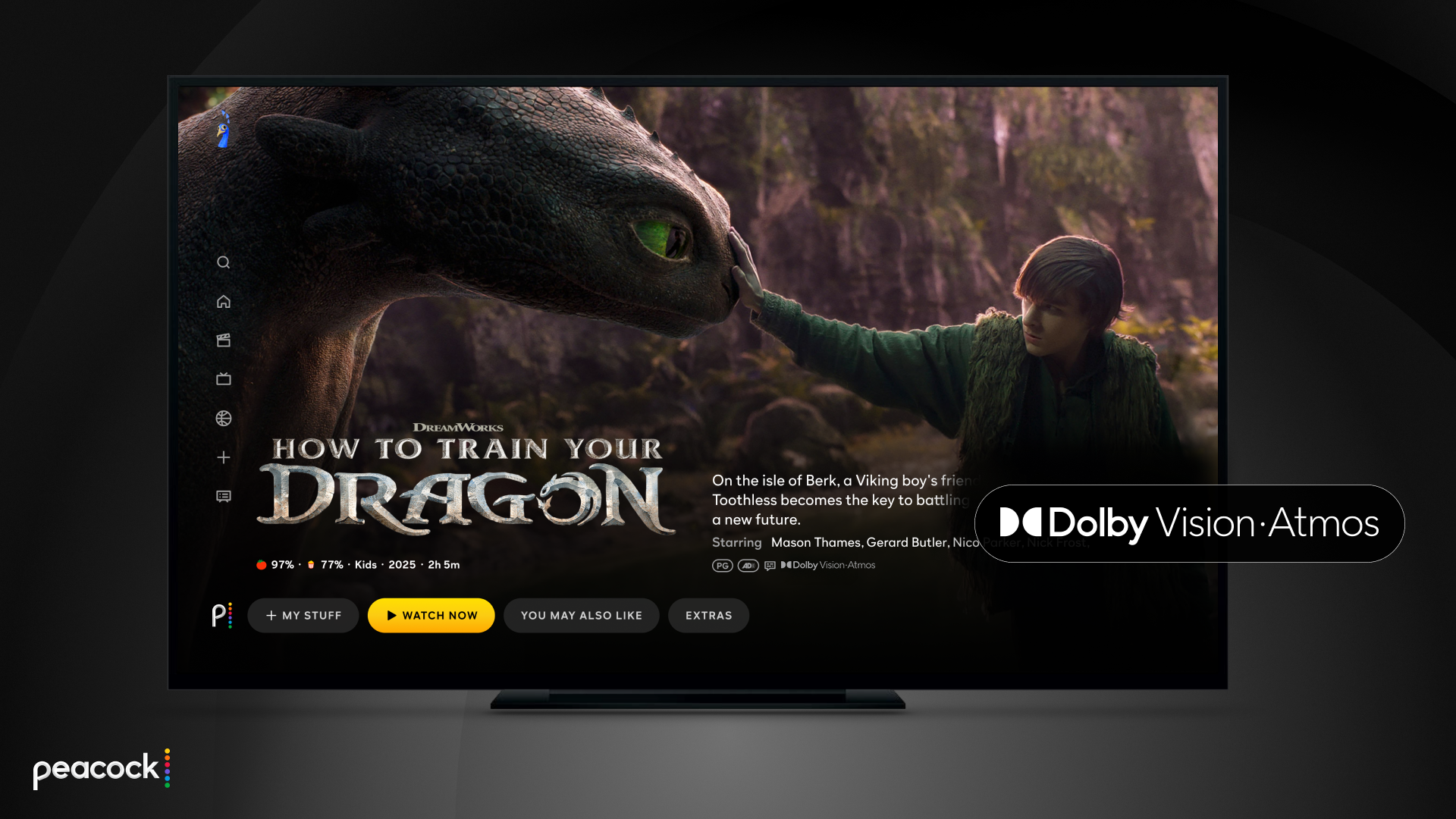Behind the scenes at Fujitsu - the father of plasma and forthcoming MIRACLES
Yes, it's a telephone.
But not just any telephone: this is the Fuji-type phone which in 1935 started Fujitsu. Which is why it now has pride of place in the subterranean Technology Hall at the company's HQ in Kawasaki, which I visited a few days ago.
The company that phone created now has worldwide sales of over $50bn, and with an annual spend on R&D of almost $2.5bn.
After the Second World War, Fujitsu soon found itself moving into new fields, with the development of its first relay-driven computer, the FACOM (Fujitsu Automatic COMputer) 100 in 1954.
The machine in the Technology Hall is slightly more recent - it's a 1960 FACOM 138 - but it still works, the relays clattering as it does its thing.
The programming and storage in those days was impressive stuff, the machine chewing through large reels of punched paper.
By 1965, the company was linking up computers in the first online data system, and by 1975 it had Japan's first supercomputer, the FACOM-230-75 ARU.
Personal computing has also played a major part in the Fujitsu story: this is a 1981 FMB, the first computer to use LSI RAM as its main memory. The capacity? A staggering 64KB - and note the audio cassette on the right used for programming.
As personal computers became popular, so salesmen wanted to take this awesome processing power on the road with them.
The 1985 FM16 weighed 2.9kg and was supplied in a case with a small thermal printer, used for printing out orders. On return to base, the data could be downloaded.
Fujitsu was also heavily involved in mobile phone development, and in the landline world also developed technology for the undersea cables used extensively in the age before sattelite communications, and still carrying much of the world's data.
This optical booster's designed to work at depths of 8000m, and used in the SEA-ME-WE4 cable. which runs from South East Asia, via the Middle East to Western Europe - hence the name.
It can withstand a pressure of 800 atmospheres, the equivalent of supporting a Boeing 747 on the surface area of your two hands, and carries 8.8Tb/s.
Of course, Fujitsu is also known as the developer of the plasma TV, with a team under Tsutae Shinoda having developed the technology despite the company, along with rivals, being unimpressed with the short service life of early prototypes, and trying to discontinue research.
Shinoda, now known as 'Mr Plasma', continued his work, and in 1983 invented a three-electrode surface-discharge structure that overcame the observed short-life issue.
He also invented further vital technologies and successfully developed the world’s first practical video graphics array plasma display panel, a 21in model able to deliver 260,000 colours. He came up with the first 42in model in 1995, and one of the early screens is on show in the Technology Hall.
The latest hi-fi, home cinema and tech news, reviews, buying advice and deals, direct to your inbox.
He's now Chairman of Shinoda Plasma, and also serves as a professor at Hiroshima University.
And Fujitsu's research continues to look into new ways of handling and displaying data - during my visit I was introduced to MIRACLES, which allows data to be searched in the internet by visual as well as text search.
The acronym stands for Multimedia Information RetrievAl, CLassification and Exploration System - and I can't help thinking the name came first and then the developers tortured the words to fit!
But what it does is impressive. It can analyse pictures on the internet and then classify them by shape, colour and so on, meaning it has obvious applications in, say, online shopping - 'Find me all the red handbags for sale', for example.
So what's that got to do with home cinema and the world we live in? Well, the system - which is already being used internally to search for and retrieve technical drawings - can also work with video.
And that means it could soon be classifying all the content stored on your computer, along with that out there on the internet, and allowing rapid search for that clip you wanted without you needing to know what it's called or even where it came from.
Andrew has written about audio and video products for the past 20+ years, and been a consumer journalist for more than 30 years, starting his career on camera magazines. Andrew has contributed to titles including What Hi-Fi?, Gramophone, Jazzwise and Hi-Fi Critic, Hi-Fi News & Record Review and Hi-Fi Choice. I’ve also written for a number of non-specialist and overseas magazines.
